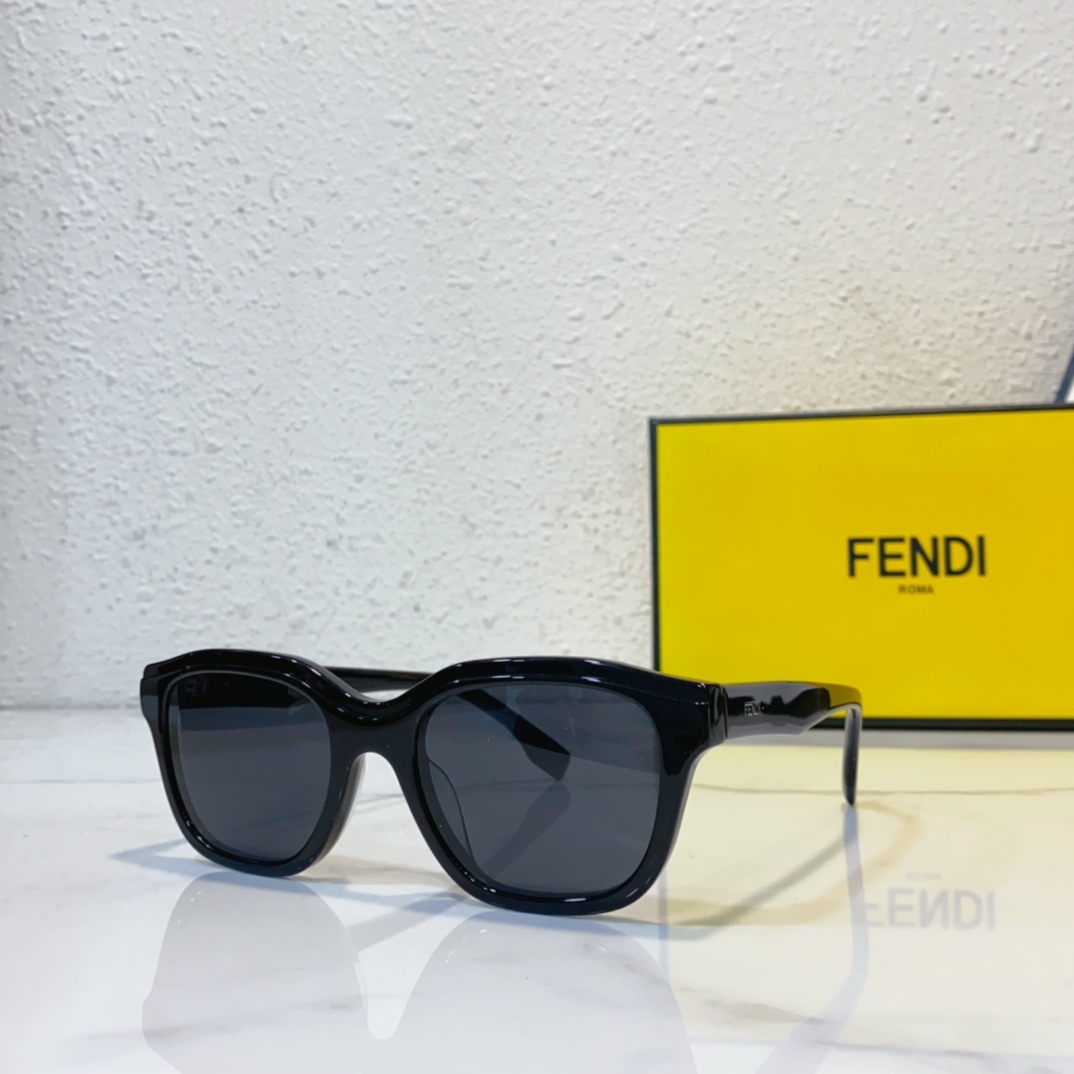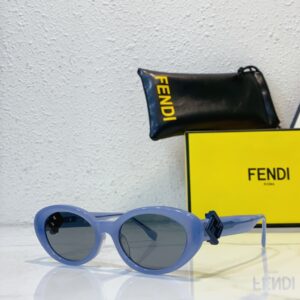The Historical Origins of Sunglasses
The history of sunglasses dates back thousands of years, with their origins rooted in the necessity to protect the eyes from harsh sunlight. Among the earliest known users of protective eyewear were the Inuit, who crafted lenses from flattened walrus tusks. These primitive sunglasses, worn by hunters and fishermen, offered essential protection against the intense glare of the sun reflecting off snow and ice. The primary function of these early designs was to safeguard the eyes, making them a vital tool rather than a mere fashion accessory.
In ancient China, during the 12th century, officials used sunglasses made of smoky quartz to shield their eyes while presiding over court proceedings. These early sunglasses, while rudimentary, also served to conceal the wearer’s expression, which was particularly valuable in the context of power and authority. Like the Inuit, the Chinese placed greater emphasis on the utility of sunglasses rather than their aesthetic value, indicating that the function of eyewear was paramount in these early iterations.
Another significant point in the evolution of sunglasses occurred in ancient Rome, where Emperor Nero is said to have watched gladiatorial games through polished emeralds. Though these lenses were not designed for eye protection as we understand today, they illustrate a historical fascination with colored lenses and visual enhancement. This practice would later influence the development of sunglasses as eyewear evolved from purely utilitarian artifacts to more complex designs.
Throughout history, various civilizations have demonstrated innovative solutions to protect their eyes from sunlight. The functional developments of early sunglasses laid the groundwork for more sophisticated designs that followed. As societal needs and technologies progressed, so too would the evolution of sunglasses, setting the stage for their eventual transformation into a global fashion statement.
The Rise of Sunglasses as a Fashion Statement
The evolution of sunglasses from mere eye protection to a coveted fashion accessory began in the early 20th century. Initially designed to shield the eyes from harmful UV rays and glare, sunglasses found themselves embraced by various sectors of society, particularly through the influence of Hollywood stars and iconic figures. As film began to prosper, so too did the visibility of sunglasses on screen, leading to a burgeoning popularity that extended beyond functionality.
During the 1920s and 1930s, celebrities like Greta Garbo and Clark Gable were often photographed wearing sunglasses, amplifying their appeal as symbols of glamour and sophistication. These images created a cultural connection between sunglasses and fame, enhancing their desirability among the general public. By the mid-20th century, sunglasses became synonymous with the allure of Hollywood, often deemed essential for maintaining the mystique associated with stardom.
Notably, the rise of designer labels significantly contributed to the transformation of sunglasses into high-fashion items. Brands such as Ray-Ban capitalized on the trend by introducing stylish options that combined functionality with aesthetic appeal. The iconic Wayfarer style, for instance, became a hallmark of coolness when featured in movies such as “Breakfast at Tiffany’s” in 1961, where Audrey Hepburn embodied elegance and sophistication while sporting oversized shades. This moment encapsulated the intersection of fashion and utility, solidifying the role of sunglasses in the hearts of fashion enthusiasts.
The sunglasses industry continued to thrive in the latter half of the 20th century, with a diverse range of styles emerging that catered to various tastes and preferences. From large, dramatic frames to sleek, minimalistic designs, sunglasses transcended their original purpose, evolving into essential fashion accessories that complemented individual style. As global trends shifted, the role of sunglasses as a fashion statement became an enduring aspect of contemporary style, establishing their place in wardrobes around the world.
Iconic Sunglasses Styles That Shaped Fashion
Sunglasses have transcended their functional purpose, evolving into essential fashion accessories that reflect personal style and cultural identity. Among the various designs that have dominated the landscape of eyewear, a few iconic styles stand out for their profound influence on fashion trends.
The aviator sunglasses, originally designed for military pilots in the 1930s to enhance visibility and protect from sunlight at high altitudes, have become synonymous with a spirit of adventure and rebellion. Over the decades, they were popularized by celebrities in films and music, solidifying their status as a timeless fashion statement. The sleek shape and reflective lenses of aviators continue to resonate in contemporary fashion, making them a staple in wardrobes worldwide.
Another unmistakable style is the cat-eye sunglasses, which emerged in the 1950s. Known for their exaggerated upswept frames, cat-eyes evoke a sense of vintage glamour and femininity. Initially favored by Hollywood starlets such as Audrey Hepburn and Marilyn Monroe, these sunglasses symbolize sophistication and charisma. In recent years, the cat-eye has seen a resurgence, adapted to modern tastes while retaining its classic charm, proving that vintage designs can seamlessly intertwine with current fashion sensibilities.
The wayfarer sunglasses, introduced by Ray-Ban in the 1950s, represent another major evolution in eyewear design. Characterized by their trapezoidal shape and sturdy construction, wayfarers quickly became a favorite among various subcultures, from beatniks to rock stars. Their versatility makes them suitable for a wide range of styles, and their ubiquitous presence in film and music has cemented their place in fashion history.
These iconic sunglasses styles not only showcase distinctive aesthetics but also reflect the evolving relationship between eyewear and cultural movements. Their ability to adapt over time speaks to the dynamic nature of fashion, emphasizing the importance of style in personal expression and societal trends.
The Future of Sunglasses: Trends and Innovations
As the eyewear industry continues to evolve, sunglasses are poised to embrace numerous trends and innovations that blend functionality with aesthetic appeal. One significant trend is the increasing availability of sustainable materials in the production of sunglasses. With growing environmental consciousness, brands are now exploring eco-friendly options, such as biodegradable acetate, recycled plastics, and sustainably sourced wood. These materials not only reduce environmental impact but also attract consumers looking for stylish yet responsible choices.
Another major development in the sunglasses market is the rise of smart glasses. Brands are integrating advanced technology into eyewear, allowing users to enjoy features such as augmented reality (AR), fitness tracking, and hands-free communication. These smart glasses provide a multifaceted experience that goes beyond traditional sun protection, presenting opportunities for consumers to stay connected while remaining fashionable. With continual advancements in technology, we can expect even more innovations that will redefine how we perceive sunglasses.
The influence of social media cannot be overlooked when discussing the future of sunglasses. Influencers and content creators play a vital role in shaping consumer preferences and making styles go viral. Eyewear brands are leveraging these platforms to reach wider audiences, showcasing their collections through sponsored posts and collaborations with popular figures. This trend has led to an increased emphasis on unique, bold designs that not only provide functionality but also make a fashion statement on social media. As consumer engagement with eyewear heightens, brands will likely develop more exclusive lines aimed at tapping into this visual-first environment.
In conclusion, the future of sunglasses is bright, with emerging trends and innovative technologies set to redefine the industry. Sustainable materials, smart technology, and the profound impact of social media are just a few of the factors driving the evolution of eyewear, promising an exciting blend of practicality and fashion for consumers in the years to come.



